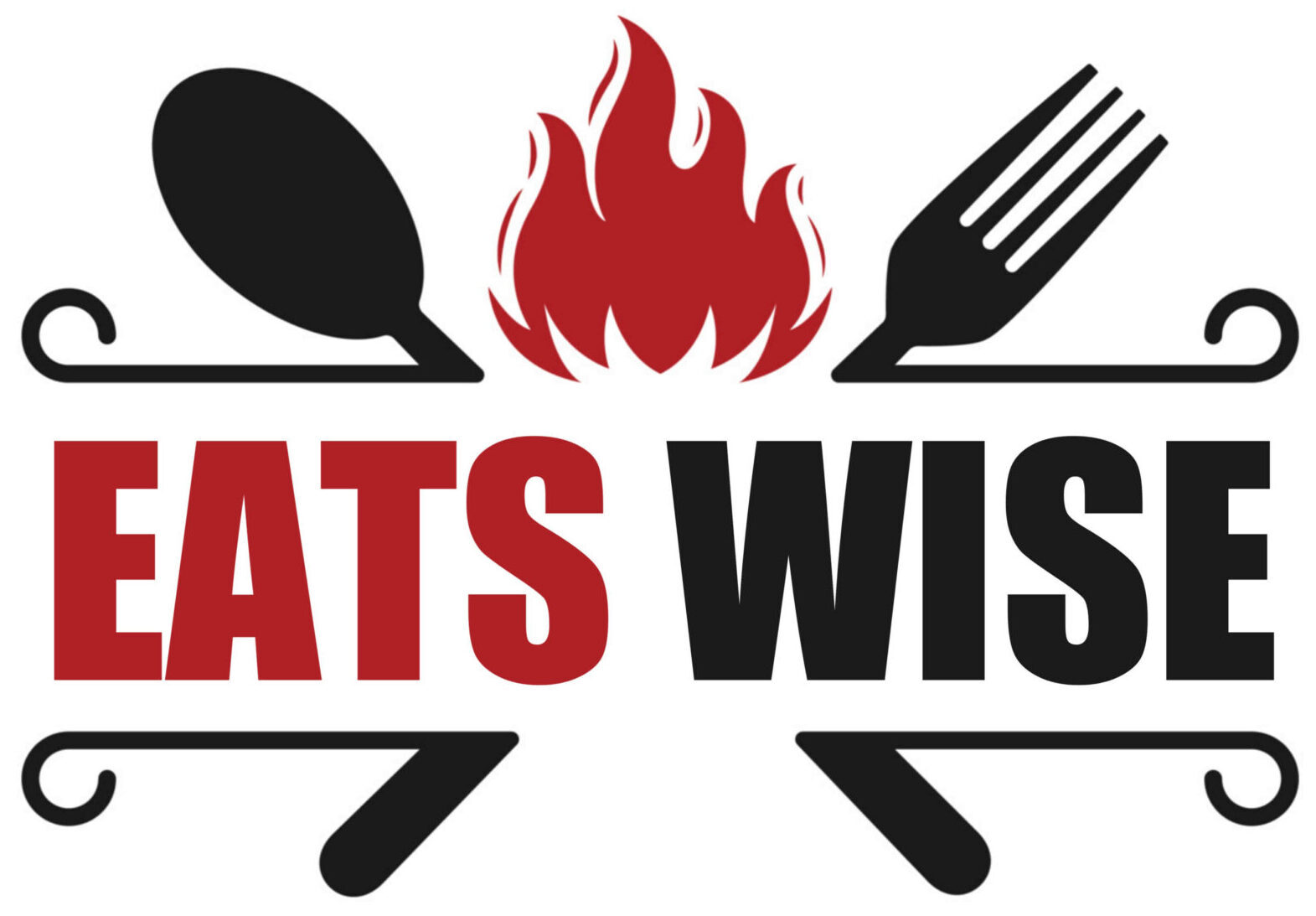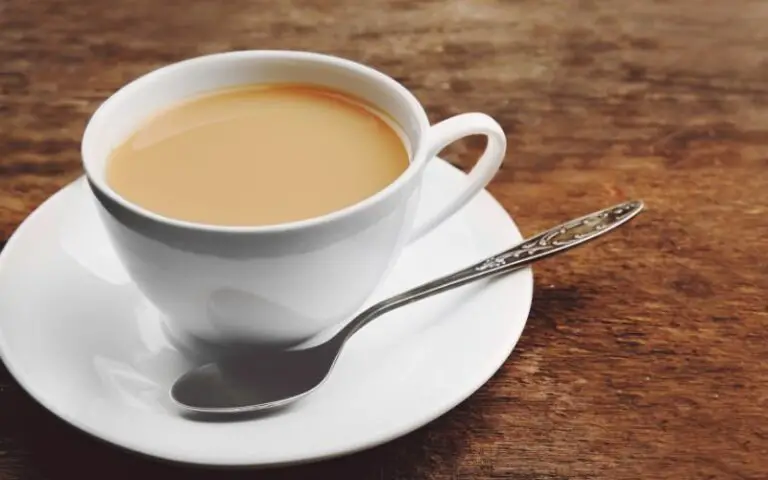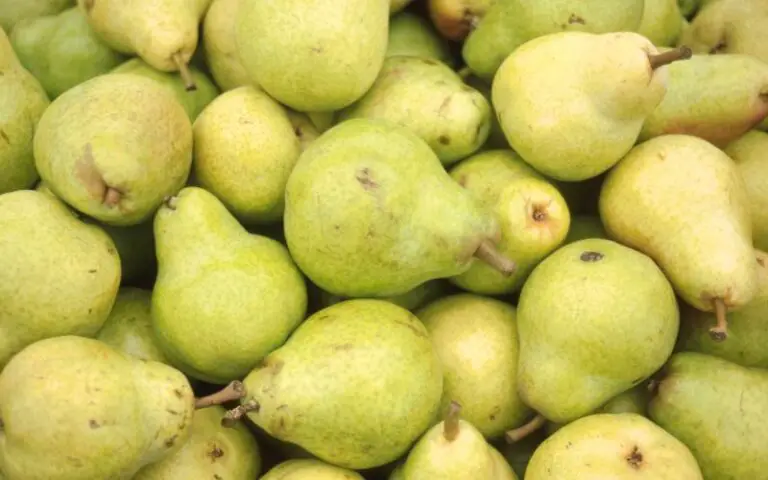Are Chipotle Bowls Good For Weight Loss? (Explained)
Last updated on September 11th, 2023 at 02:14 pm
Chipotle is arguably one of the best fast-food joints you can find around. They provide customizable and flavorful options that fit into everybody’s dietary plans.
Moreso, they use clean recipes and provide nutrition-based plans/calculations for those with specific concerns such as muscle building, weight gain, or loss.
If you’re looking forward to shedding off some weight, you may wonder if Chipotle bowls are a good option. Can they fit into your dietary plan?
Practically, chipotle bowls are a go-to option for losing weight. However, you want to incorporate a mix of low carbs, high protein and fiber, and healthy fats. As for me, I go with burrito bowls with chicken, cauliflower rice, brown beans, fajita vegetables, salsa, and lettuce.
In this article, I’ll explore Chipotle burrito bowls and what makes them a good fit for slimming down.
I’ll also expose the best ingredients in your Chipotle bowls to get the desired results.
Are Chipotle Bowls Great for Weight Loss?

Chipotle does provide some healthy options for those looking to prioritize their weight loss goals; fortunately, burrito bowls are one of them.
They are high in proteins and fiber and low in carbs. This combination amounts to low calories, which is key for shedding weight.
However, note that the calorie count of a Chipotle burrito bowl isn’t fixed and can vary depending on the ingredients chosen and portion sizes.
By implication, you can unknowingly select burrito bowls with high calories and unhealthy fats.
That’s why it’s best to make your own customized bowl, which will contain all the desired weight-loss ingredients.
My best pick is a chipotle bowl with cauliflower rice, chicken or salmon, brown beans, fajita vegetables, salsa, romaine lettuce, and avocado.
You can even choose a salad base instead of rice to reduce carbohydrate intake while increasing vegetable consumption.
Opting for lean proteins like grilled chicken or tofu over higher-fat options such as carnitas or barbacoa will be healthier and manage calorie consumption.
Your burrito bowl should include rice or salad bases, high proteins (such as chicken or tofu), beans, vegetables (lettuce and tomatoes), and optional toppings like cheese or guacamole.
As a guide, avoid guacamole, sour cream, queso blanco, and cheese all in one diet.
They are high in calories; this can interfere with the weight-shedding process. If you must include a topping, choose one, let’s say cheese.
In addition, aim for complex carbohydrates such as whole grains, legumes, fruits, and vegetables.
These provide sustained energy and fiber while avoiding refined sugars and processed foods.
Concerning your calorie intake, the general guideline is to aim for a daily caloric deficit of 500-1000 calories.
Thus, the table below guides you on what portions of proteins, carbohydrates, and fats to include to ensure the ideal calorie intake:
| Nutrient | Composition |
|---|---|
| Carbohydrate | 33g |
| Protein | 71g |
| Fat | 16.5 |
| Total Calories | 530cal |
How Healthy Is a Bowl at Chipotle?
Chipotle offers a build-your-own-bowl concept, allowing customers to choose from various ingredients such as proteins, rice, beans, vegetables, salsas, and toppings.
This allows you to create a high-protein and fiber meal that is healthy and provides fewer calories than usual.
While it is tempting to load up on larger portions of rice or refined sugars, it’s essential to be mindful of your carbs intake to control large calorie intake.
High carb intake leads to weight gain, increasing the risk of diabetes and heart disease. You may also likely experience poor metabolism.
Subsequently, proteins such as grilled chicken, steak, barbacoa (shredded beef), carnitas (pulled pork), and sofritas (tofu) are good choices for your chipotle bowl.
Vegetarian options like black beans and pinto beans are likewise okay. These protein options provide essential nutrients like protein and iron for healthy living.
Avoid rice as it adds too much carbohydrates to the bowl. If you should eat rice, opt for brown rice.
It tends to be more nutritious as it contains more fiber and adds up to fewer calories than white rice.
Another vital ingredient to include in your bowl is black beans. It provides additional fiber and protein.
Pinto beans are a good alternative, but black beans are lower in calories and fat and slightly higher in protein, translating to a healthy meal.
Additionally, vegetable choices include lettuce, fajita vegetables (peppers and onions), corn salsa, tomato salsa, red chili salsa, green chili salsa, and guacamole.
These healthy vegetarian picks add freshness to the bowl, providing essential vitamins and minerals.
Opting for healthier toppings like fresh salsa or guacamole enhances flavor without compromising nutrition.
But it’s worth noting that some toppings like cheese or sour cream may add extra calories or saturated fat if consumed excessively. Keep them at a minimum.
Overall, numerous customized picks are healthy for building a bowl- such as incorporating lean proteins like grilled chicken or tofu along with a variety of vegetables.
Still, it ultimately comes down to individual choices and portion control. Making conscious choices and being mindful of portion sizes will make your Chipotle bowl healthier.
Is Chipotle Okay to Eat When You’re on a Diet?
Chipotle offers a variety of options suited for different dietary needs. Their cuisine includes tacos, burrito bowls, salads, and more.
These options allow for customization in terms of protein sources ( tofu or chicken), toppings (vegetables or guacamole), and portions.
There are vast alternatives at Chipotle if you’re on a diet. But it all depends on your ingredients selections and portion sizes.
While some menu items may appear healthy at first glance, they can still be high in sodium, calories, or saturated fat if not chosen wisely.
To select the best meal choices to match your sustainability goal:
- Opt for lean protein sources: Choose grilled chicken or sofritas (tofu) instead of higher-fat options like carnitas or barbacoa.
- Load up on vegetables: Include fresh veggies such as lettuce, pepper, onions, and tomatoes in large quantities to boost the nutrient content without necessarily adding excessive calories.
- Be mindful of portion sizes: While Chipotle offers generous portions by default, consider asking for smaller portions or sharing your meal with someone else if you’re watching your calorie intake.
- Reduce caloric intake (watch out for high-calorie toppings): As you should have known, being on a diet requires you to consume fewer calories than usual.
So, the intake of calorie-dense toppings like cheese, sour cream, or guacamole should be minimal. You can opt for lighter alternatives like salsa.
- Monitor sodium intake: Some ingredients at Chipotle can be high in sodium, such as seasoned meats and dressings. If you’re on a low-sodium diet, consider choosing lower-sodium options or adjusting your meal accordingly.
To add to the above, Chipotle provides detailed nutrition information on its website and in-store.
It is definitely a valuable resource for those looking to track their calorie, fat, protein, and carbohydrate intake.
Notably, enjoying a meal at Chipotle while maintaining a healthy diet is achievable.
Is It Healthy to Eat Chipotle Bowl Everyday?
Eating a Chipotle bowl every day can be a healthy routine if approached mindfully.
Customizing your bowl with nutritious ingredients and practicing portion control are key factors to keep in mind.
Overall, balance with other meals throughout the day also matters a lot.
The nutritional content of Chipotle bowls includes proteins, vegetables, carbohydrates, fibers, and fats.
But it’s important to note that some components may be high in calories, sodium, and fat.
For example, choosing options like cheese, sour cream, or guacamole as toppings will add significant calories and unhealthy fats to your meal.
Instead, opt for ingredients that are high in protein and have an abundance of vegetables.
This way, you will increase the nutritional value of your burrito bowl. Also, eating the meal every day will not cause any harm, and you’ll remain physically fit.
It would help to be mindful of the high sodium content in certain ingredients like seasoned meats or sauces.
Excessive sodium intake has been linked to an increased risk of hypertension and other health issues.
Furthermore, it’s important to note that Chipotle bowls have significant amounts of carbohydrates due to the inclusion of rice as a base.
While carbohydrates are essential to a balanced diet, excessive consumption without considering other macronutrients can lead to blood sugar imbalances and weight gain.
Overall, moderation is key when considering including Chipotle bowls in your daily diet.
Consuming a bowl made of too many ingredients and toppings may not necessarily provide the balance needed for optimal nutrition.
Too much of everything is bad.
Don’t forget that factors such as pre-existing medical conditions or dietary restrictions should be taken into account when making such decisions about new diet concerns.






